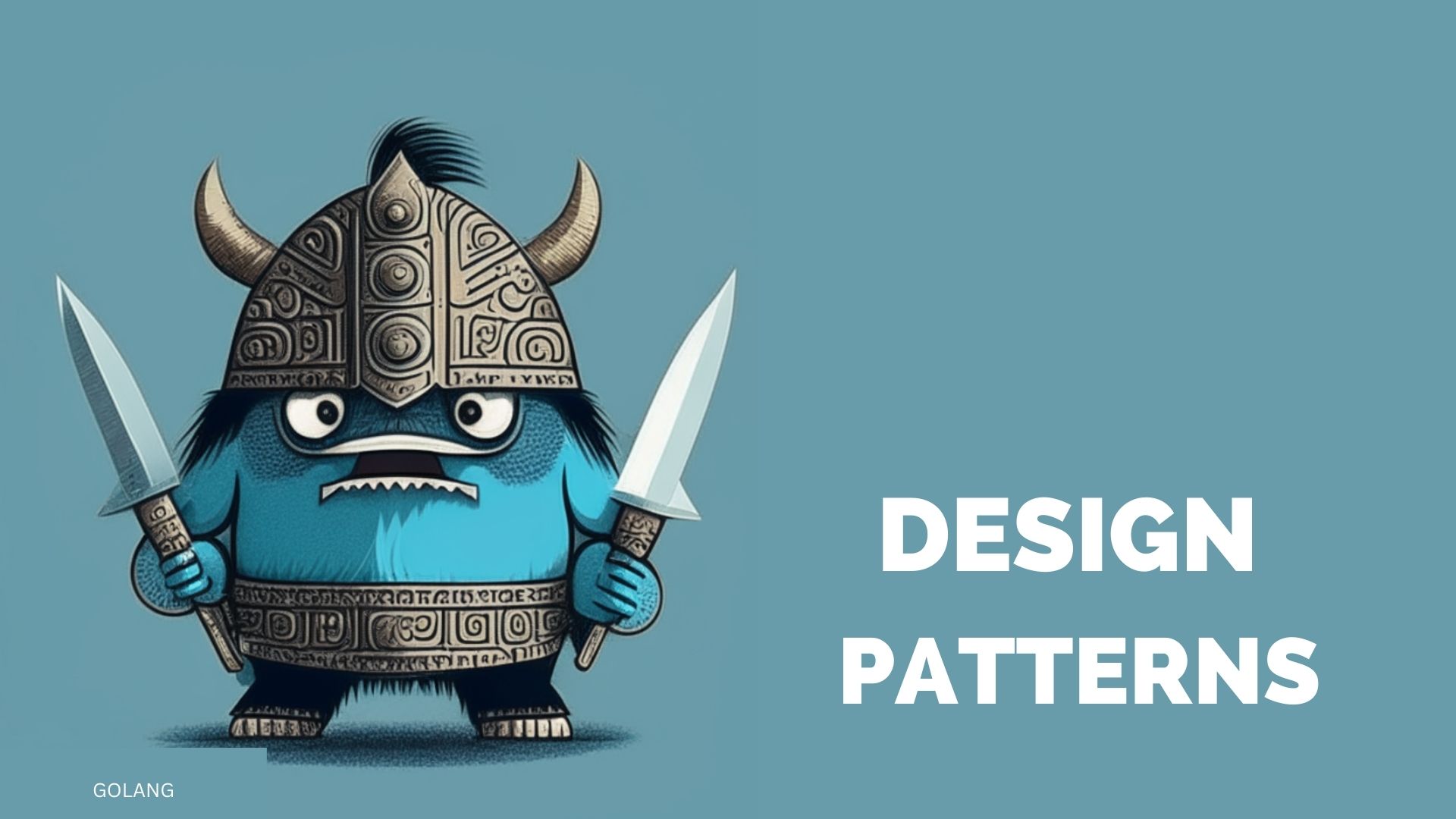Welcome to the Go Design Patterns repository! This repository is a collection of design patterns implemented in Go, providing you with practical examples and insights into how to apply various design patterns to your Go projects.
Design patterns are proven solutions to recurring software design problems. They serve as guidelines for structuring code, improving code organization, and promoting maintainability and reusability. Understanding and applying design patterns can greatly enhance the quality and flexibility of your software.
This repository is organized into different folders based on the types of design patterns implemented. Here's an overview of the folders and their contents:
behavioralpatterns: Contains examples and implementations of behavioral design patterns, such as Observer, Strategy, and Command patterns. These patterns focus on communication and interaction between objects.creationalPatterns: Includes examples and implementations of creational design patterns, such as Singleton, Factory Method, and Builder patterns. These patterns deal with object creation mechanisms.solidprinciple: Contains examples and explanations of the SOLID principles, which are a set of five design principles (Single Responsibility, Open/Closed, Liskov Substitution, Interface Segregation, and Dependency Inversion) that guide software design and architecture.structuralPatterns: Includes examples and implementations of structural design patterns, such as Adapter, Decorator, and Facade patterns. These patterns focus on object composition and structure.
Feel free to navigate through the folders and explore the design patterns that interest you. Each folder contains code examples, explanations, and usage scenarios to help you understand and apply the respective design pattern.
To get started with the examples in this repository, follow these steps:
- Clone the repository to your local machine.
- Explore the folders related to the design pattern you are interested in.
- Read the provided documentation and examine the code examples.
- Compile and run the code using a Go compiler and build tool, such as
go buildandgo run.
Ensure that you have Go installed on your machine before running the code. You can visit the official Go website for installation instructions.
Contributions to this repository are welcome! If you have additional design pattern implementations, improvements, or bug fixes, feel free to create a pull request. Your contributions will help expand the repository and make it a valuable resource for the Go community.
Happy exploring and applying Go design patterns!
